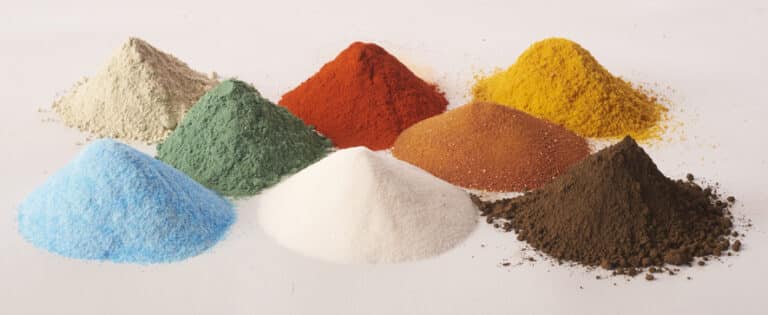The various ingredients used in animal feed ensure that farm animals have a rich and balanced diet. The quality of these ingredients is very rigorously followed by professionals in the sector. European regulation defines different families of components, among which are “additives”. Functional ingredients are included in the regulatory category of feed raw materials.
What are the additives and functional ingredients used for in animal feed?
Additives and functional ingredients help to ensure healthy and balanced nutrition of animals.
They have various and varied objectives such as the improvement of the diet quality, the animal’s good development, their maintenance in good health, their well-being, and the reduction of environmental impacts of farming activities.
The placing on the market of additives is authorised by the European Commission on the basis of a scientific assessment by EFSA (European Food Safety Authority) thereby guaranteeing safety for animals, humans (consumers of milk, meat, eggs and fish and operators working in factories) and the environment.
What are the different types of additives used in animal feed?
Additives are classified into several groups:
- Technological additives improving the quality and safety of feed, including their preservation, texture, and the homogeneity of feed. Among these: anti-caking agents, binders, antioxidants …
- Sensory additives improving the organoleptic properties of animal feeds and making them more palatable. We find in this category: dyes, aromatic substances …
- Nutritional additives supplying animals with all essential micronutrients such as vitamins, trace elements, amino acids…
- Zootechnical additives play a key role in the quality of production, the reduction of environmental impacts, and the comfort and well-being of animals. . We find in this group for example enzymes, probiotics…
- Coccidiostats or histomonostats used in the prevention of parasitic infestations, present in breeding (for example coccidia).

